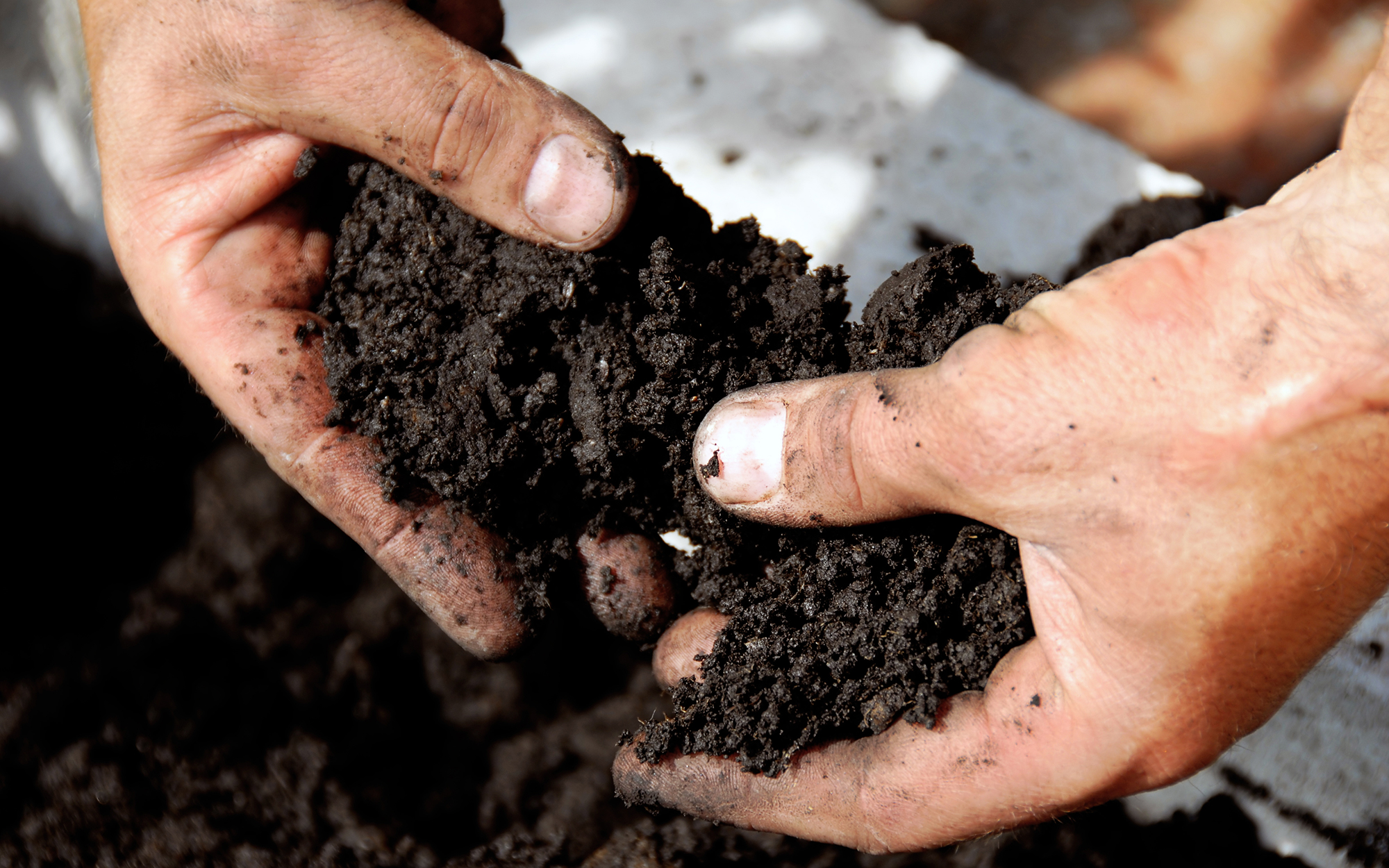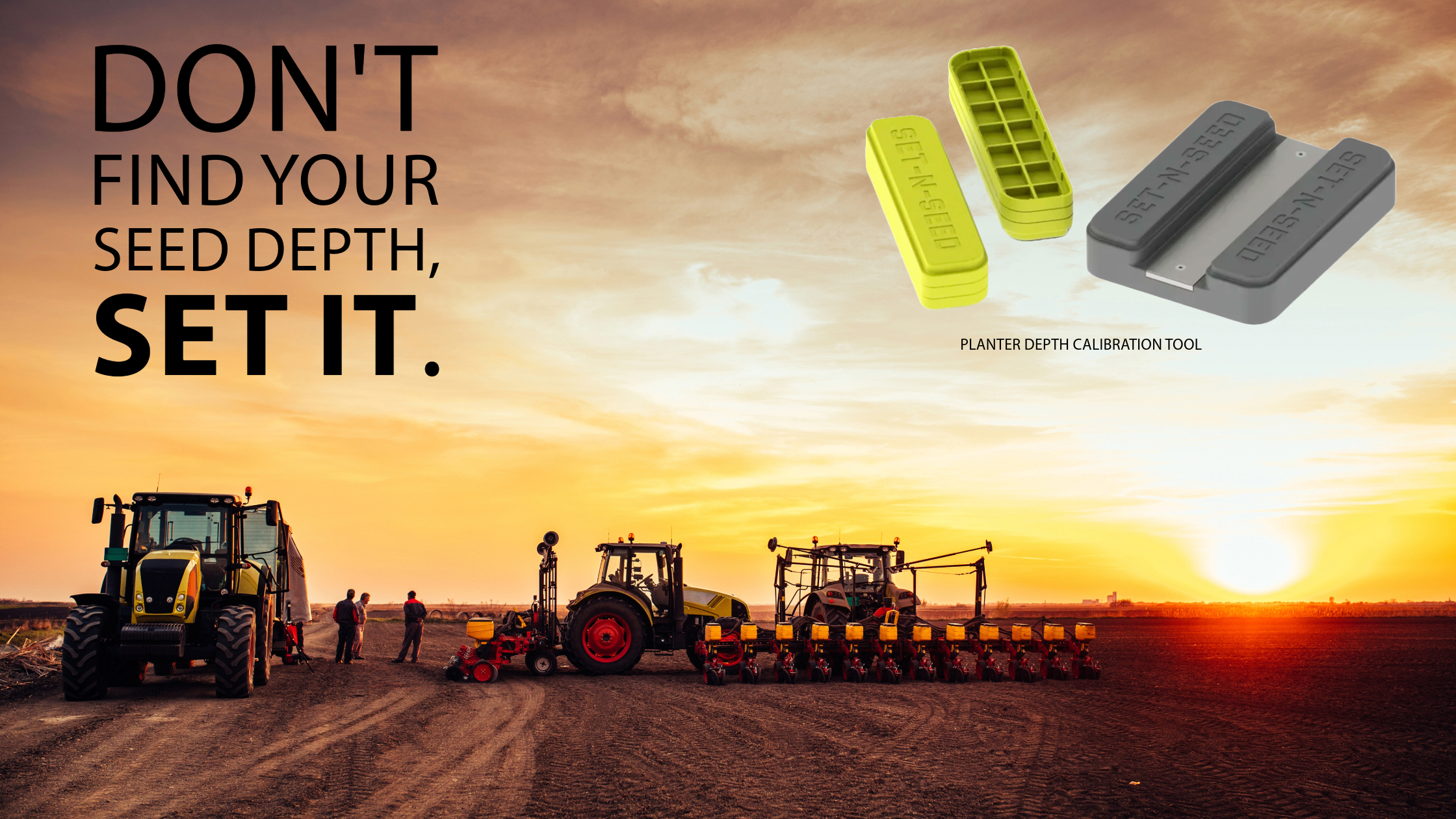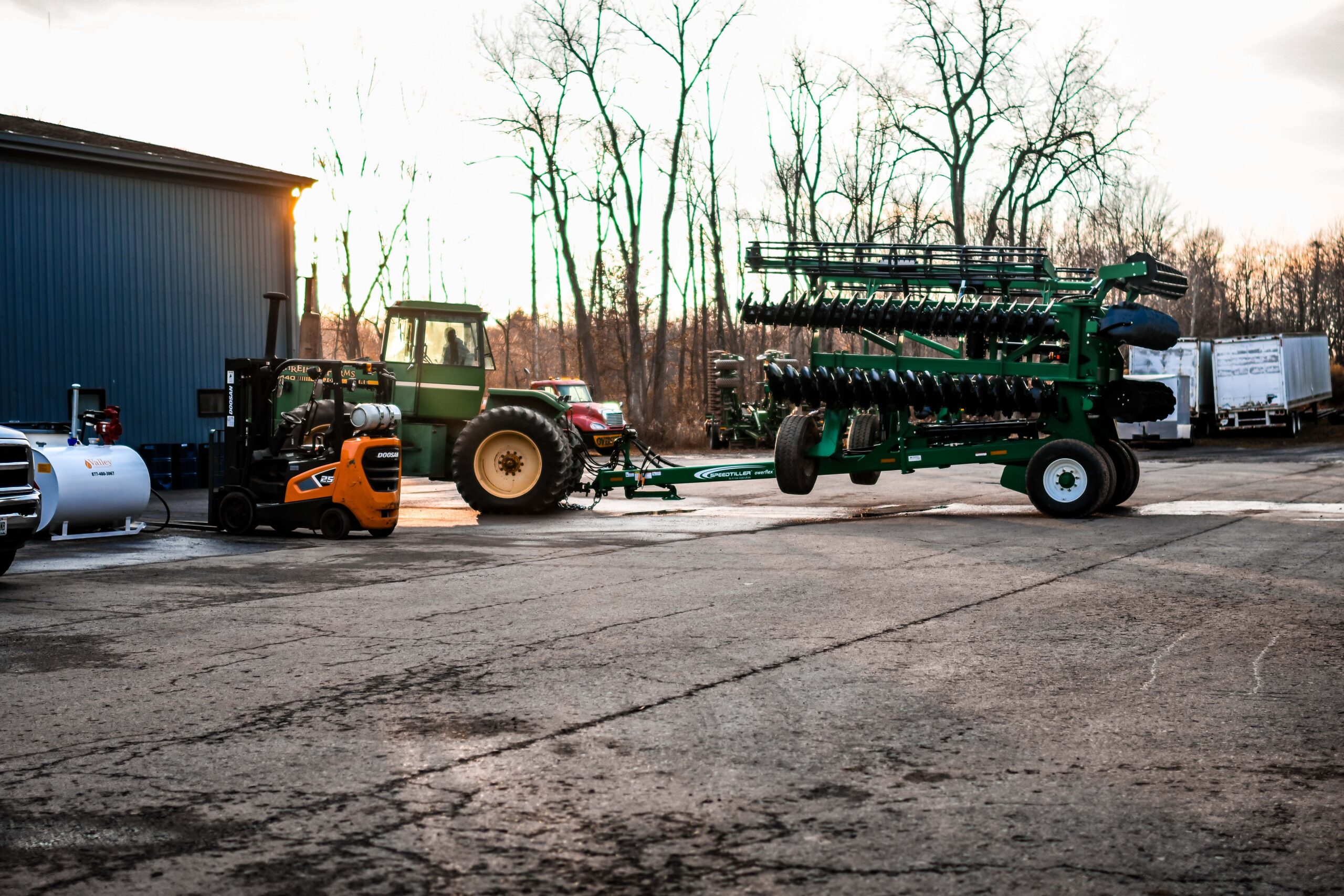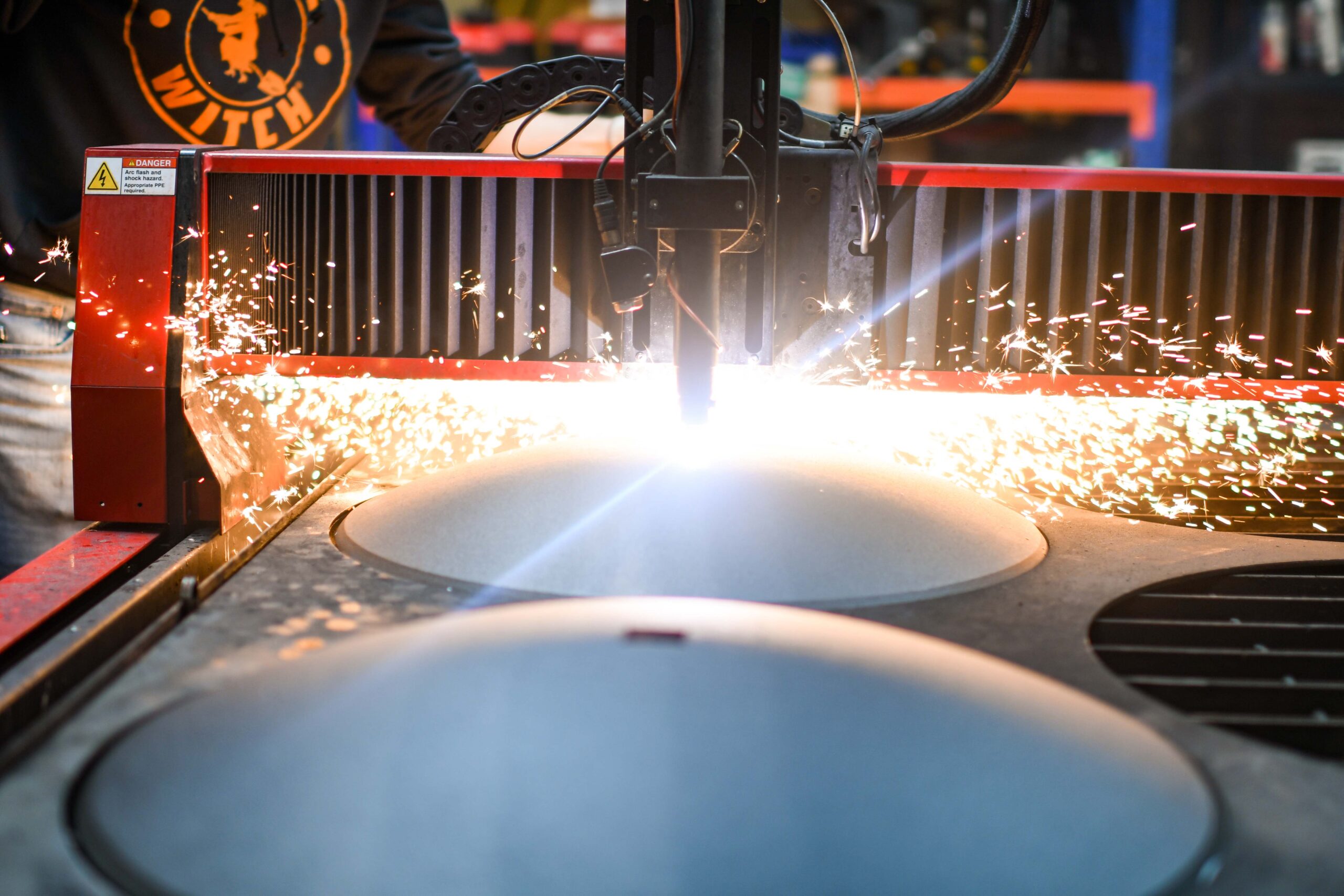
How Soil Types Affect Part Wear
How Different Soil Types Cause Abrasive Wear on Your Tillage Parts
Abrasive wear on tillage parts is unavoidable, and different types of soil accelerate damage to parts on your tillage tools. Read this blog to find out what soils cause abrasive wear on tillage parts and what kinds of tillage parts have the most wear resistance.
The Qualities of Different Types of Soil
Before we discuss how different types of soil impact tillage wear parts, let’s dive into the qualities of the most common soil types growers encounter.
Clay Soil
Clay soil is relatively standard across every state and is made up of sedimentary minerals and organic matter in regions where rivers and streams were once present.
Clay is generally one of the heaviest types of soil. Its thickness can initially make it difficult to work with, but for experienced growers, it offers a variety of benefits.
Because of the composition of clay soil, it holds its mass and retains moisture exceptionally well. As a result, clay provides a level of water retention that other soils can’t match, which can be advantageous during dry seasons.
Additionally, clay is one of the best types of soil for nutrient retention. Clay is often composed of particles that have a negative charge, enhancing your soil’s ability to hold onto nutrients with a positive charge. Common positively charged nutrients such as magnesium, potassium, and calcium are essential for healthy crop growth.
Sandy Soil
Sandy soil is light, warm, and dry. It’s also acidic and low in nutrients. While easy to plow, sandy soil is prone to quick water drainage, and frequent rainfall can cause sandier soil to lose nutrients faster because they’re washed away in heavy precipitation.
Sandy soil should be irrigated frequently to provide adequate water growth for crops. Best practices suggest fertilizing sandy soil more than standard soil types to compensate for poor nutrient retention.
Regarding wear on tillage parts, sandy soil can be some of the most damaging because of how coarse it can be. The coarse grained soil structure varies, as some geographic areas have larger rocks embedded within the sand.
Silty Soil
Silty soil is grainy, with smaller particles than sand. Silt is usually fertile, high in minerals, and has a balance of water retention and drainage, which facilitates healthy crop growth.
Silt soil formed from glacial, river, and wind-blown deposits usually have stone-free subsoil, while historically drier areas have a higher concentration of rocks in the sediment, so the amount of wear and tear that this soil causes on your equipment also depends on your location.
Loamy Soil
Loamy soil consists of a healthy blend of sand, clay, and silt. Thanks to its high calcium and pH levels, loamy soil is an ideal option for growers.
Loamy soil’s combination of sand, clay, and silt promotes healthy crop growth through moisture and nutrient retention. Its soft texture makes it easy to work with while providing superior airflow and drainage, reducing the risk of diseased crops.
Loamy soil’s degree of friction also depends on your geographic region.
Tillage Parts Susceptible to Abrasive Wear
There are four main types of tillage parts prone to abrasive wear:
- Disc blades
- Chisel plow points
- Ripper points
- Field cultivator points
Because these parts are designed to puncture and drag through the earth, they experience abrasive wear quicker than most other tillage equipment.
How Different Types of Soil Impact Tillage Wear Parts
When turning the field over, your tillage equipment is subjected to abrasive wear and tear depending on the type of soil you work with.
Clay Soil
Some types of clay soil contain gravel, which contributes significantly to part wear, but clay doesn’t often have gravel. Your tillage wear parts get heavy resistance due to how thick clay is, but generally speaking, it produces the least amount of abrasive wear on parts.
Sandy Soil
Sandy soil is by far the most damaging to your equipment. Its rugged texture acts like a sandblaster, and dragging tillage wear parts through sandy soil quickly degrades the steel through heavy friction and rough elements. The sandier the soil, the more stones you’ll encounter, and the more wear there will be on your tillage parts.
Silty Soil and Loamy Soil
Determining silty soil and loamy soil’s abrasive wear on equipment largely depends on your location. The most forgiving areas for silt and loam soil are those where wind and marine deposits occurred in the past. Warmer climates usually indicate a drier area, making the soil in these regions more susceptible to a higher rock density. While not nearly as damaging as sandy soil, the concentration of gravel in these areas can still cause abrasive wear on your equipment.
How RangeLine’s Products Keep You in the Field Longer
For years, RangeLine has been working out of upstate New York, which has some of the roughest soil conditions in the country.
We know first-hand the importance of using high-quality tillage parts that last and pride ourselves on the longevity of our equipment compared to standard OEM producers. These improvements are obtainable through our partnership with local metallurgists. We’re constantly collaborating, field testing our products, and finding new ways to improve tillage equipment.
Discover the RangeLine Difference
One of our most significant developments is our high-wear chrome cultivator points. In the past, chrome was notorious for being brittle in corrosive soils. Our development team designed an alloy made of various steels and chrome to create a field cultivator point that has enhanced wear resistance.
Traditional OEM cultivator points last anywhere from 400-500 acres, but our innovative high-wear chrome points last you upwards of 2,700 acres. This performance disparity is due to the material itself, and we pride ourselves on providing growers with high-quality solutions they can trust.
We also incorporated this desire to innovate industry standards to our ripper points. Standard OEM ripper points last for about 400 acres before the abrasive wear becomes too much to handle. Our ripper points last for 800-1200 acres depending on your location. We know how damaging abrasive wear can be to your productivity, which is why we’re providing industry-leading equipment to keep you in the field longer.
RangeLine works in the toughest soil in the country. If our tillage parts work for us—they’ll work for you. Reach out to RangeLine today, and see how we can increase the longevity of your tillage wear parts.








